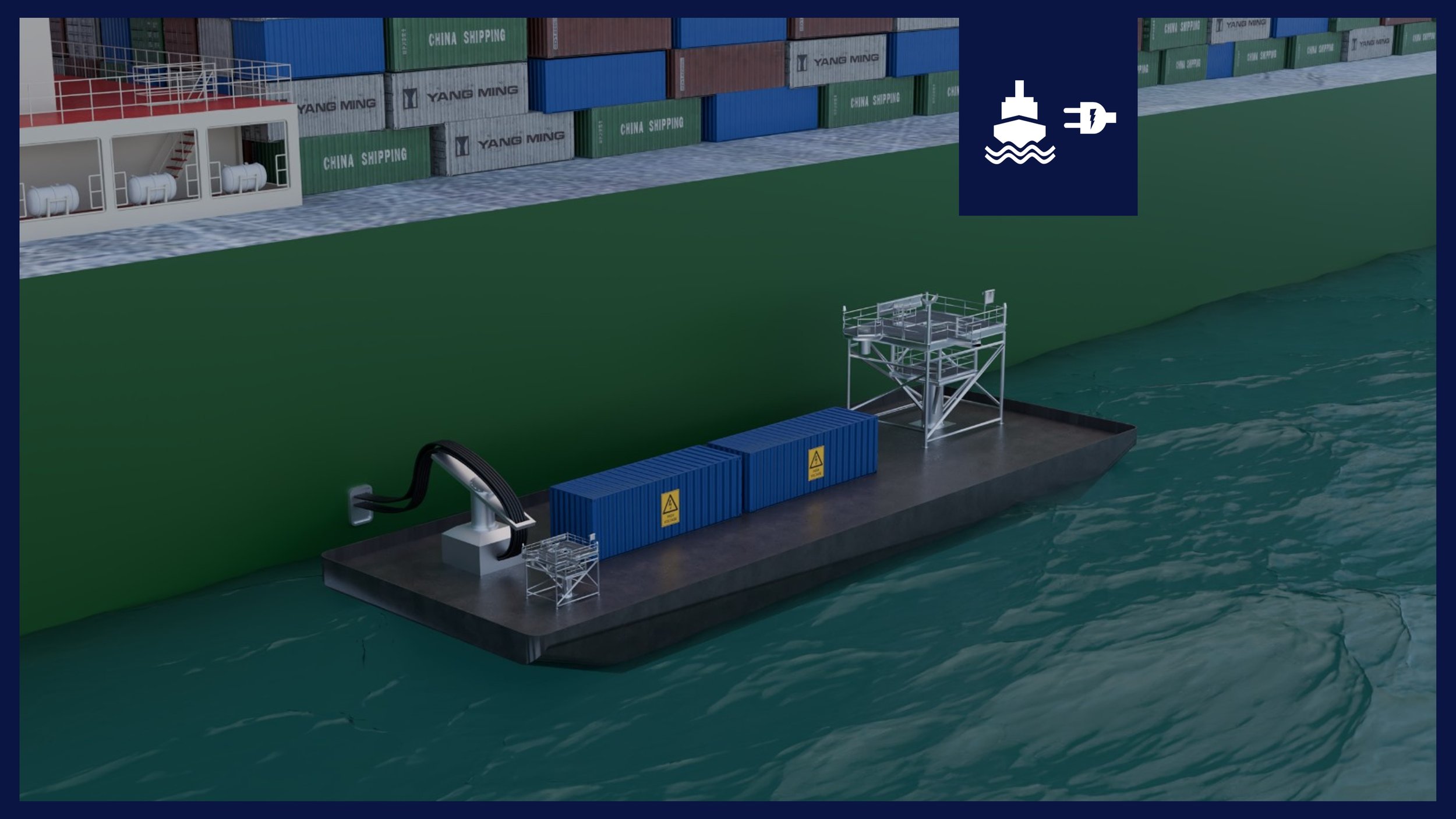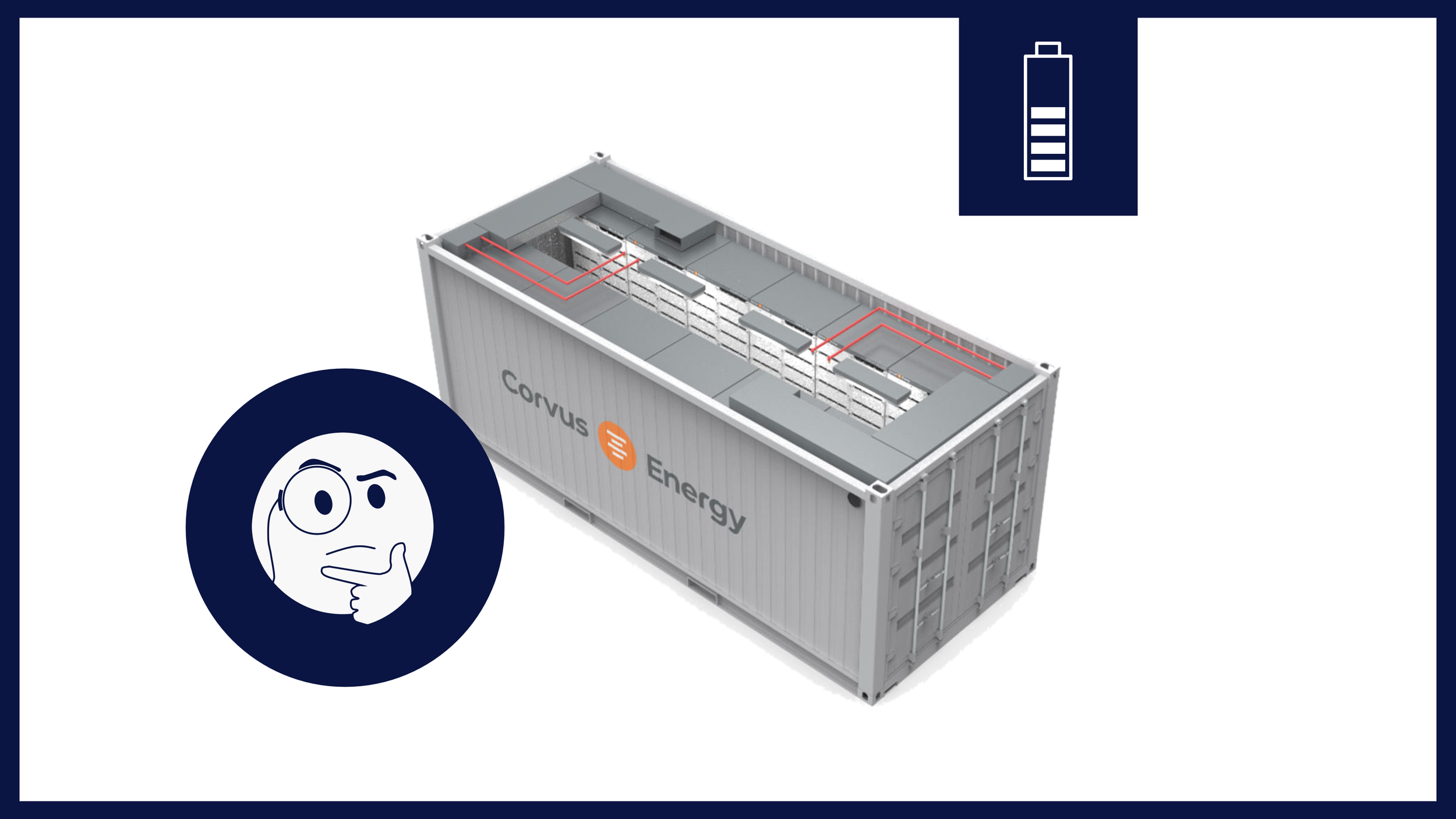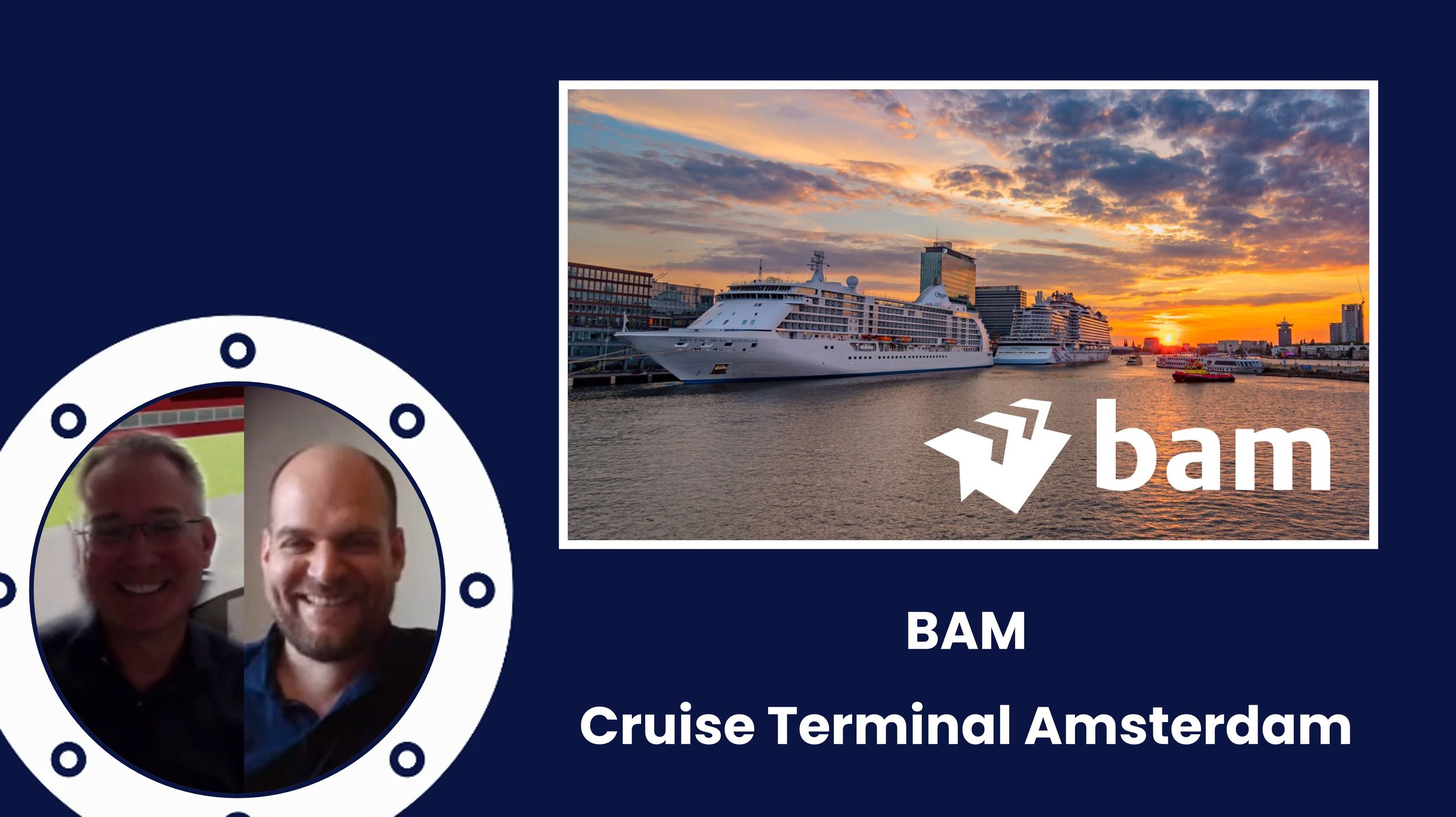Case studies
Illustrative examples on decarbonization measures, costs and regulations
Biofuels in decarbonization for maritime industry - Q&A with FincoEnergies
This Q&A session explores the role of biofuels in decarbonizing maritime transport, featuring Johannes Schurmann, Commercial Director Marine at FincoEnergies, supplier of biofuels and supporting shipowners in adopting biofuels with end-to-end services, from technical assessment to regulatory documentation. Johannes shares insights into market developments, pricing trends, regulatory impacts, and operational considerations, focusing on the practicalities of switching to biofuels.
Llow carbon ammonia as maritime fuel - Q&A with Ten08
This Q&A session explores the role of low-carbon ammonia in decarbonizing the maritime industry, featuring Jean and Paul, co-founders of Ten08, a Houston-based company developing low-carbon ammonia for industrial and maritime use. Ten08’s mission is to supply the maritime sector with scalable and clean ammonia.
Business case for a Feedermax containership with a shore power battery
This case study evaluates a mobile shore power battery barge designed for a 1,730 TEU containership in the Port of Rotterdam. An average power demand of 329 kW and a peak demand of 1 MW is assumed. This results in the requirement of two 20-ft containerized batteries integrated into a Low Voltage Shore Connection (LVSC) system. Estimated savings for the ship reach €500 per 24-hour period, primarily due to reduced FuelEU compliance costs, which could exceed €600,000 over 10 years.
What is the average shore power demand of a container ship?
Accurate estimates of containership power demand are becoming increasingly critical due to stringent regulations, such as FuelEU Maritime, in combination with technical complexities. Ship power demand varies significantly depending on size, onboard equipment installed, and operational profile. These uncertainties places considerable pressure on terminal owners, port authorities, and developers to design and implement shore power infrastructure. This blog aims to provide guidance on this issue.
How to decarbonize your ship - RoRo Cargo + shore power + FuelEU
This case study determines the impact of FuelEU Maritime on a shore power refit for a RoRo Cargo ship under multiple loading and operational conditions. Pending on the amount of days connected to the grid and the average load while moored, it is estimated that shore power can save €250,000 per year.
How to decarbonize your ship - battery hybrid + varying engine load
This case study also examines a general cargo ship with an auxiliary engine of 116 kW that is outfitted with a battery to make it a ‘battery hybrid’ while at berth. Again the battery pack powers the ship for several hours while idling or moored and is recharged using the auxiliary engines. This time however, engine load is varied in different loading scenarios to determine the impact of different operational profiles on the business case.
How to decarbonize your ship - general cargo ship with battery hybrid
This case study examines a general cargo ship with an auxiliary engine of 116 kW that is outfitted with a battery to make it a ‘battery hybrid’ while at berth. The battery pack powers the ship for several hours while idling or moored and is recharged using the auxiliary engines. Cost savings generally occur with an average engine load below 50%, but are mostly dependent on engine maintenance costs, spares and consumables as well as total battery pack costs.
How to decarbonize your ship - Feeder + Shore Power
This is a techno-economic case study that provides guidance for decarbonizing a feeder by means of a shore power refit. Shore power will be made mandatory by 2030 for these ship types as per FuelEU Maritime regulation. A step-by-step approach is given to estimate costs, analyse technical feasibility, and create a business case for the shore power refit in general.
Overview of Shore Power Sockets and Plugs - IEC/IEEE 80005
IEC/IEEE 80005 is the main standard for shore power. This standard categorically divides shore power plugs and sockets into low voltage shore connection systems (LVSC < 1 MVA) and high voltage shore connection systems (HVSC > 1 MVA). LVSC systems are governed by IEC/IEEE 80005-3 for operability and IEC 60309-5 for dimensions. HVSC systems are governed by IEC/IEEE 80005-1 for operability and IEC 62613-2 for dimensions.
Ship-Based Carbon Capture Techno-Economic Guide
This blog provides techno-economic guidance for the use of SBCC onboard your vessel, including operational impact, logistics and of course the costs for implementation. Key points include the following; SBCC is applicable to virtually all ship types, sizes and fuel type but LNG is preferred. SBCC produces 2 m3 of CO2 per day per MW. SBCC costs €115 per ton CO2, is a CAPEX dominated technology and costs €175k per MW.
How to decarbonize your ship - Inland Waterways + Shore Battery
This is a case study on the ‘Skoon Skipper’, a general cargo large Rhine vessel, with an average of 40 [kW] power demand while moored to which a shore battery is applied. Batteries can help you comply with shore power regulations where no infrastructure exists with limited to no CAPEX investments. CAPEX is €0 for this case study as the battery pack is rented at an estimated €400 dayrate. Purchase cost for battery pack are approx. €350.000. This case study is powered by our preferred partner Skoon.
COSCO 700 TEU Full Electric Container Ship
The N997 has two propulsion motors with a capacity of 900 [kW] each and a total battery capacity of 50 [MWh] - best estimate currently available. The 120 meter long ship has a fully electric drive, can carry up to 700 TEU and is able to swap battery packs en route. The vessel is designed for Chinese inland and coastal waters, covering over 600 nautical miles of routes on the Yangtze River.
MoU for North Star Support Vessels on Offshore Wind
Maersk’s Stillstrom and North Star have signed a Memorandum of Understanding (MoU) to accelerate the adoption of offshore charging and vessel electrification technologies for Offshore Support Vessels (OSVs) in the offshore wind sector. Offshore charging hubs will enable the vessels to recharge their battery systems using wind energy while in the field.
How to decarbonize your ship - Large Fishing Trawler
This is a case study on how to decarbonize a fishing trawler - the Jacobus Maria - using shore power, battery hybrid EES and biofuels. 20% CO2 reduction is achieved, half of which stems from the use of biofuels (HVO). The hybrid battery pack is economically not feasible with the assumptions used and the operational profile. The Jacobus Maria has 1 MW installed engine capacity. Total cost would be at least €1M. 10% CO2 reduction can be achieved with approx. €50k.
Neste Renewable Diesel Handbook
Neste Corporation calls its own HVO product “Neste Renewable Diesel”. The common acronym “HVO” comes from the terms “Hydrotreated Vegetable Oil”. It meets the requirements of EN 15940 for paraffinic diesel fuels and is allowed as a blending component in EN 590 B7 diesel fuel. It is a high quality fuel that can be used to enhance the properties of the final diesel blend. No modifications to vehicles required and it has the same torque and maximum power as with fossil diesel fuel in modern engines.
Inside a Battery Container
The Corvus BOB (Battery On Board) is a standardized, class-approved, modular battery room solution available in 10-foot and 20-foot ISO high-cube container sizes. The complete system comes with battery, monitoring system, HVAC , TR exhaust, plus firefighting and detection system. The plug and play battery room simplifies integration into any system integrator’s power management system on board a ship. The battery cells have passive thermal runaway protection, and are type-approved according to DNV.
BAM Amsterdam Cruise Terminal with Dick and Rick
On May 10th, Port of Amsterdam awarded the contract for the realization of shore power at Cruise Port Amsterdam (CPA) to Powercon A/S and with BAM as subcontractor. Dick van Veen and Rick van Akkeren - BAM Business Unit Heavy Duty Charging - explain in detail about the project and the challenges that they are facing. Building the infrastructure that can host large cruise vessels and support the heavy electrical equipment is therefore a daunting task, all of which is discussed in this video.
Maritime Battery Forum with Syb ten Cate Hoedemaker
During the lunch and learn, current forum Director Syb ten Cate Hoedemaker will exchange knowledge and experience from the usage of batteries within the shipping and offshore industries. You will learn which batteries will suit your vessel, plus discover the costs and payback for different operational modes. Which battery suits your vessel, your needs, your operational profile? This is the key question discussed in this lunch and learn with Maritime Battery Forum.
How to decarbonize your ship - RoRo Passenger with hull coating
This is a case study on how to decarbonize a ro-ro passenger vessel by applying Ecospeed to its hull. Ecospeed is a hard, non-toxic coating which provides long-lasting protection for all ship hulls. The hypothetic vessel is called ‘Lady Ice Cold’, a ro-ro operating in North-Western Europe with 33 MW installed engine capacity. Ecospeed reduces carbon emissions by 9% - 16% with a total CAPEX of €390.000.
How to decarbonize your ship - Full Electric Tugboat
This is a case study on how to decarbonize a tug by making it full electric. It is an homage to Damen’s electric tug ‘Sparky’. In practice, fully electrifying a vessel means to install a - very large - battery pack, in this case at least 3 MWh. This would also be the largest cost component, outweighing switchboard modifications, inverter and other electrical equipment. Cost reductions in OPEX/dayrate are high, between 50% to 90% in extreme cases.




















